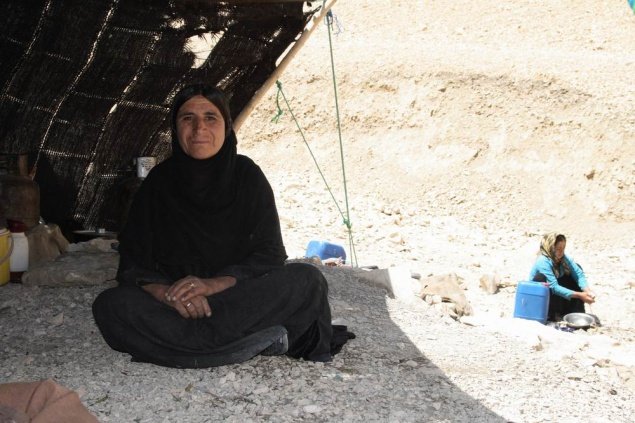|
|
Life In Iran
|
In 1387, Tamerlane avenged a revolt in Isfahan by massacring 70,000 people. But both Hulagu, Tamerlane, and their successors soon came to adopt the ways and customs of that which they had conquered, choosing to surround themselves with a culture that was distinctively Persian. The mid-14th-century Black Death killed about 30% of the country's population.
Iran was gradually Islamized after the collapse of the Sassanid Empire; however, it was not Arabized. Iranian culture re-emerged with a separate and distinctive character and made an immense contribution to the Islamic civilization. When Islam came through Iran, what developed was an Iranian Islam or Persian Islam rather than the original Arab Islam, and this new Islam is sometimes referred to by scholars as Islam-i Ajam (Persian Islam).
It was this Persian Islam and Sufism which was brought to new areas and new peoples such as the Turks of Central Asia, the Ottoman Empire, and the Indian subcontinent. Among the major Iranian Muslims who cultivated Sufism and helped the spread of Islam through Sufism, one can mention Habib Ajami, Hallaj, Hasan Basri, Junayd Baghdadi, Bayazid Bastami, Maruf Karkhi, Abdul-Qadir Gilani, Moinuddin Chishti, Jalaluddin Rumi, Najmuddin Kubra, and Baha-ud-Din Naqshband Bukhari. Note should also be made of Abu Hanifa, the founder of the Hanafi school of thought which is followed by most Muslims today.
Arabic writer Ibn Khaldun has remarked that the sedentary culture which was necessary for the development of civilization was rooted in the Persian empire.
|
|









